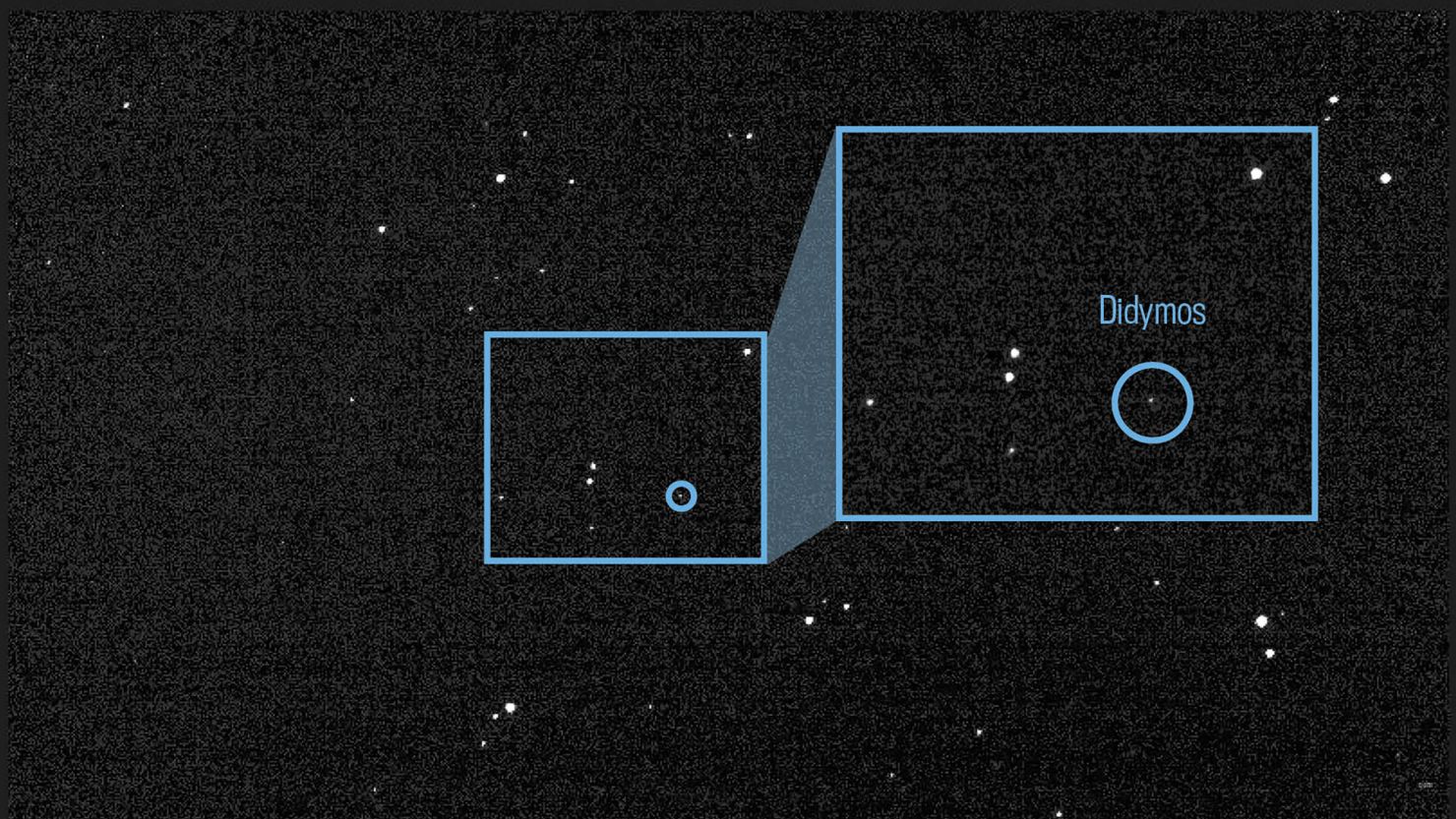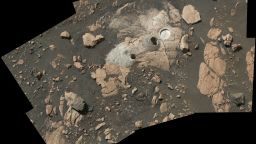Editor’s Note: Don Lincoln is a senior scientist at the Fermi National Accelerator Laboratory. He is the author of several science books for general audiences, including the best-selling audio book “The Theory of Everything: The Quest to Explain All Reality.” He also produces a series of science education videos. Follow him on Facebook. The opinions expressed in this commentary are solely his. View more opinion on CNN.
This piece has been updated to reflect news developments.
One day about 66 million years ago, a huge rock some 6 to 10 miles wide streaked across the sky of what is modern day Central America, landing in the waters of the Yucatan Peninsula, near Chicxulub, Mexico.

The impact triggered mega tsunamis that swept across sea and land over hundreds of miles and ejected water and debris into the atmosphere. The resulting clouds caused worldwide global cooling that killed 75% of the plant and animal species alive at the time, including, most famously, the non-avian dinosaurs, thus reshaping the planet’s biosphere in ways that ushered in the Cenozoic Era – also known as the Age of Mammals – and made humans possible.
Given such enormous devastation and monumental consequences, we can’t help but ask the question: “Could this happen again?”
The answer is yes.
But things are different now. Humans have invented a technology that might be able to avert a similar future catastrophe. Researchers have put their ideas to the test in a critical and highly successful trial of a possible future planetary defense system being developed by NASA.
A group of scientists and engineers led by the Johns Hopkins University Applied Physics Laboratory slammed a 570 kilogram spacecraft called Double Asteroid Redirection Test (DART) into an asteroid called Dimorphos. The test investigated whether the impact could change the asteroid’s trajectory and helped scientists understand if potentially dangerous space rocks can be diverted before they endanger the Earth.
Dimorphos itself posed no such threat. It is a small asteroid orbiting a much bigger one called Didymos. Neither was on a path to hit the Earth. However, together, they were a perfect laboratory on which to test whether slamming a spacecraft into an asteroid could alter that asteroid’s path.
The two asteroids form what is called an eclipsing binary, which means that, as viewed from Earth, Dimorphos passes in front of the larger asteroid as it orbits. This allows Earth-based telescopes to very accurately measure its orbital time, which was originally just shy of 12 hours.
After the DART craft struck Dimorphos head on, its orbital time changed by about half an hour. This successful test means that the Earth’s space agencies can begin to develop a program that can be used on future, and more threatening, space rocks. This ability to redirect the path of an asteroid is “a watershed moment for planetary defense and humanity,” said NASA administrator Bill Nelson on Tuesday.
It is worth asking if an asteroid colliding with the Earth is a real danger; maybe cosmic impacts are very rare and can be ignored as a risk. After all, the impact that killed the non-avian dinosaurs was about 66 million years ago – and humans have only existed as a species for a few hundred thousand years. There is some merit in that position. Impacts like the one at Chixculub are indeed rare.
But that’s because the asteroid was so big. Smaller objects hit the Earth all the time, ranging from pebbles and grains of sand that make meteors to larger ones, with real consequences. Over 50,000 years ago, a rock 150 feet across and weighing several hundred thousand tons smashed into the Arizona desert with the power of over 150 times the bomb that devastated Hiroshima and left a crater almost a mile across that is still visible today.
In 1908, a meteor impacted the Earth’s atmosphere near Tunguska, Siberia. The energy from the event was equivalent to 10 to 15 megatons of TNT. While the meteor didn’t make it to the ground, it created a devastating shock wave that flattened trees over an area of 830 square miles, and broke glass and knocked people off their feet hundreds of miles away.
More recently, in 2013, another large meteor slammed into Earth’s atmosphere over Chelyabinsk, Russia. This event, which also resulted in a shock wave rather than an impact crater, was caused by a rock about 56 feet across. The Chelyabinsk meteor released the equivalent energy of 470 thousand tons of TNT, or about 30-40 times as much as the Hiroshima a-bomb. About 1,200 people were injured because of the impact.
So, the danger of a catastrophic effect of an asteroid or meteor is real. The Chelyabinsk incident involved a relatively small asteroid, and people were still hurt by it. Had the Tunguska or Arizona event occurred over a heavily populated area, the damage would have been much greater. And had the Arizona impact occurred in the ocean near the coastline, it could have caused tsunamis that could have swept over land, destroying everything in their path. A big impact off the East Coast of the United States could make waves that reach the foothills of the Appalachian Mountains.
So, the DART effort was no boondoggle. It was a thoughtful and proactive attempt to guard against a very real danger.
However, being able to deflect asteroids is only part of the effort. We also need to know where they are – the sooner the better. If an asteroid is just about to hit the Earth, it would be very difficult to deflect; if we have years of warning, the asteroid could be deflected by a much smaller boost.
Towards achieving that early warning, NASA has created the Center for Near Earth Objects, or NEOs, to identify space rocks that might endanger the Earth. Thus far, nearly 30,000 objects have been discovered, with about 10,000 being larger than 140 meters (a little less than 500 feet) and over 850 over a kilometer (a little over half a mile) in diameter.
None of the detected rocks pose an immediate threat. On the other hand, not all have been found. The Center for Near Earth Objects estimates that about two thirds of NEOs above 140 meters in size have been discovered, so there are more to be found.
For those of us who love the big screen, this test turns the stuff of movies into real life. The Hollywood blockbusters “Deep Impact” and “Armageddon” both dramatized the exact problem that the Earth Planetary Coordination Office was designed to avert. And let’s not forget the recent Netflix movie “Don’t Look Up.” While the movie is a broader cinematic statement about the dangers of ignoring many known global dangers, the threat of a huge meteor, used as a metaphor in the film, is a plausible scenario.
Indeed, the Earth sits in a cosmic shooting gallery, and big rocks from space have pummeled the planet for millions of years. We need to find these dangers and learn how to protect ourselves from them. After all, it’s not a matter of whether the Earth will be hit again. It’s a matter of when.


